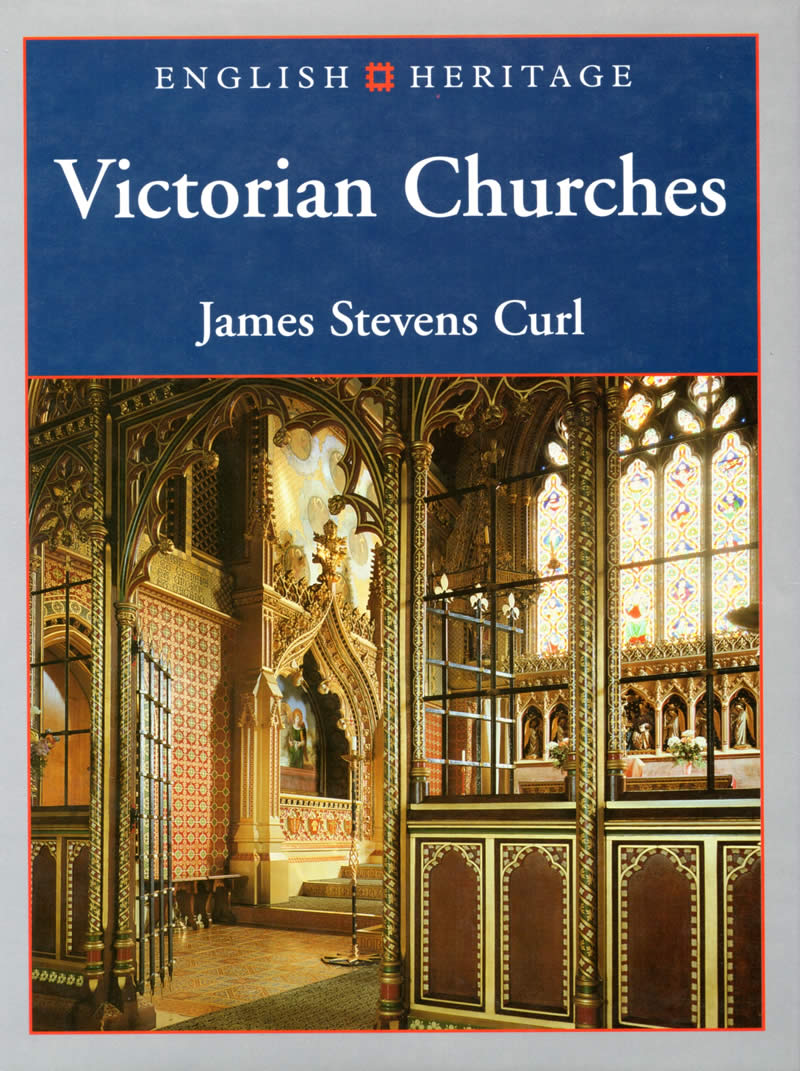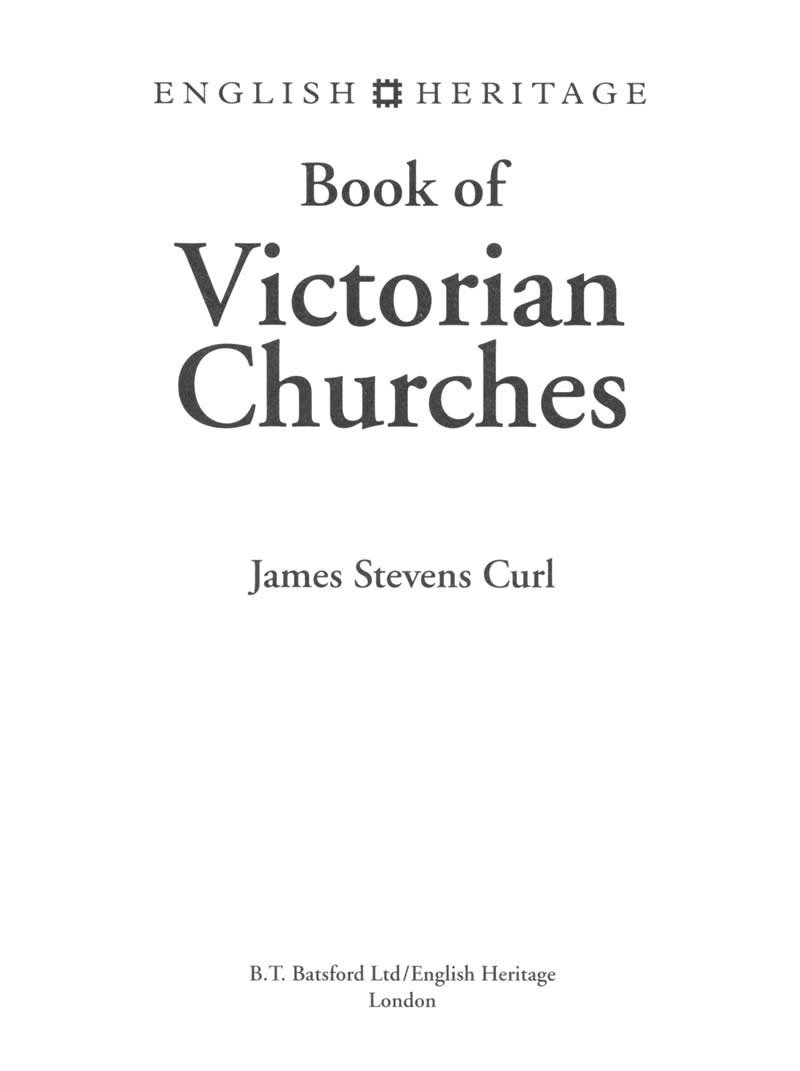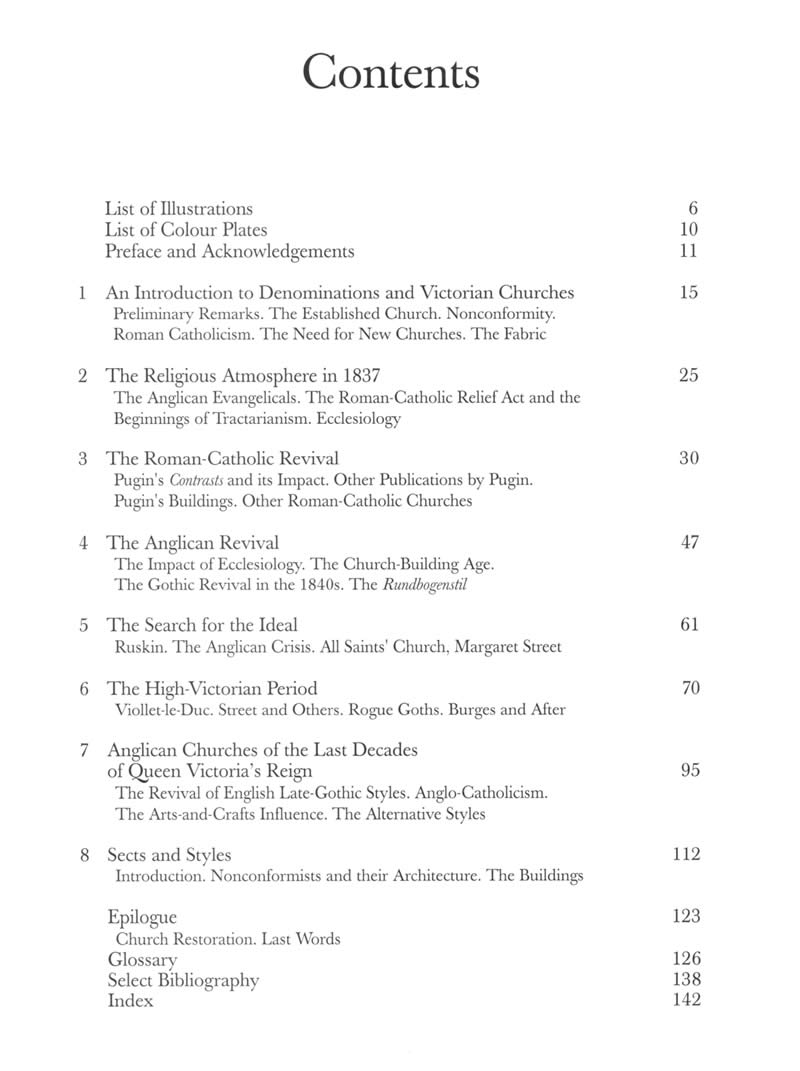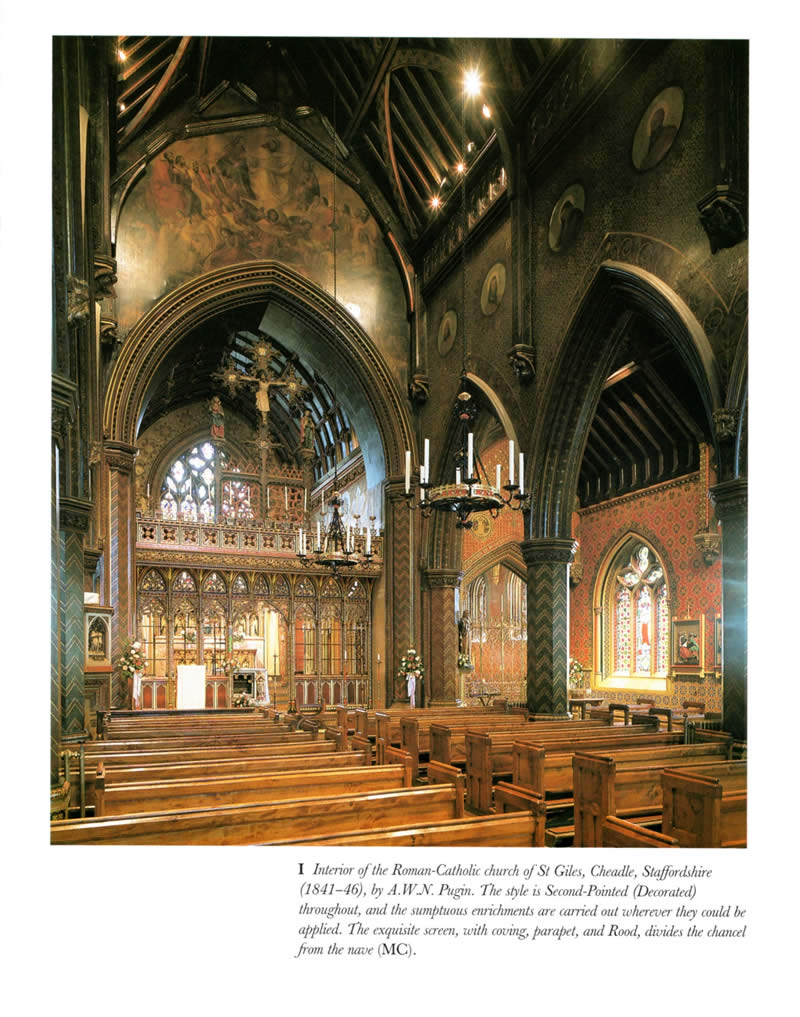English Heritage Book of Victorian Churches

Author : James Stevens Curl
Publisher : London: B.T. Batsford Ltd. & English Heritage, 1995
ISBN: 0-7134-7490-4 (hbk)
ISBN: & 0-7134-7491-2 (pbk)
Religious buildings erected during the reign of Queen Victoria are not only numerous, but offer a wide range of architectural styles, fine furnishings, and much else besides. They were expressions of the importance of religion in that period, and their existence and qualities were often related to the aspirations of clergy, laity, and individual benefactors. The finest exemplars were, even more, the result of a passionate commitment to an architecture based on scholarly studies known as Ecclesiology. The text places ecclesiastical architecture in its complex settings, and highlights the religious atmosphere, arguments, and controversies of the time. The progress of the Gothic Revival is charted, differences in the architecture of various denominations are explained, and the influence of the chief protagonists involved is outlined. The book contains a wide range of photographs old and new (some specially commissioned) as well as an extensive glossary and a bibliography.
Reviews
'A useful introduction. Professor Curl ... performs a valuable service by discussing church history and religious observance, as well as architectural history, in a well-illustrated survey of the great range of churches ... With his eye for the odd and eccentric, there are many obscure and perverse buildings here as well as the famous and the conventional. Curl ... provides a ...sound and inspiring introduction to a national architectural phenomenon of great vigour and, sometimes, of true originality.'
'As you would expect from a publication by English Heritage, the language is neither highbrow nor too simplistic, but has hit the right pitch of intelligence and understanding. A well-documented glossary and bibliography only add to the exceptional standard of this book.'
'Victorian Churches is the latest in a series promoted by English Heritage ... and its 105 illustrations plus eight colour plates, the handy organisation of the chapters and the confident relation of intellectual and church affairs to the buildings are as much a tribute to the author’s skill as to the aims of the series and to the continuing scholarship handed down from the erudite if partisan protagonists of the last century.'
'Curl is well qualified to write on his subject because he helped to pioneer a shift in values that we now all take for granted. He explains clearly how liturgy and denomination determined the churches’ shape, but his viewpoint is not narrowly academic, for he has a strong visual sense and a ‘passion for visiting churches’. So while scholarly throughout (he even includes a substantial glossary), he breathes enthusiasm into his prose, and in 144 pages reveals the quantity, originality, rich variety, and bizarre eccentricity of Victorian churches ... Creating a book as encyclopedic and complex as this, intricately Interlocking Illustrations with text, is like completing a jigsaw puzzle, and the reader who sees only the finished product may underestimate the achievement. Not so this reader...'
'The author harnesses his prodigious knowledge of the period to produce a well-balanced overview of the nineteenth century’s highly-charged religious atmosphere ... In conveying the zest and fervour of the age the book is free from twentieth-century partisanship. Carefully-chosen illustrations complement the text.'
'As with Curl’s other books, Victorian Churches is a joy to read, It flows well, and the photographs are to be found amongst the text ... Beautifully illustrated... Curl weaves a rich, vibrant tapestry...'




 LinkedIn
LinkedIn  Wikipedia
Wikipedia